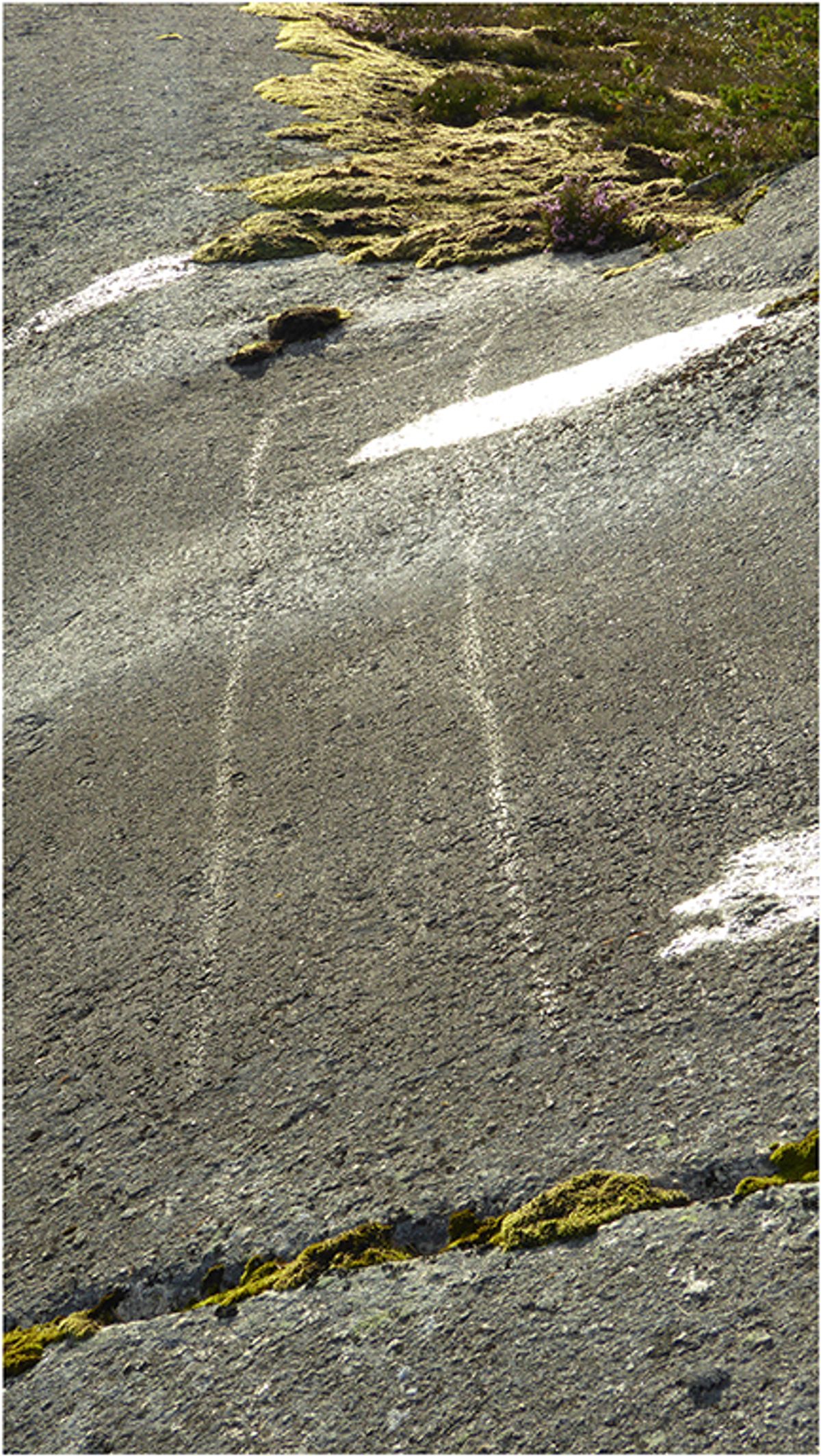Carvings of boats found on rock surfaces in Valle, Norway, may be the oldest known examples in Europe, and are perhaps among the earliest in the world, according to a new study published in the Oxford Journal of Archaeology. The two images are thought to have been made around 10,000 to 11,000 years ago, 3,000 years before other boat carvings in northern Europe.
First identified in 2017, the boats appear as white outlines carved into the grey rock surface and can only be seen clearly under the right weather conditions. One boat originally measured around 4.3m in length, although only one end remains now because of erosion. It was probably a life-size representation, like nearby carvings of animals, which include seals, reindeer, a possible porpoise and perhaps a polar bear. A second boat image is less well preserved, with only around 3m still visible.
In the research paper, Jan Magne Gjerde, an archaeologist with the Norwegian Institute for Cultural Heritage Research, suggests that the boat carvings may represent Arctic skin boats, a type of vessel often made from seal hides that helped early Scandinavians to settle the area. These boats were light enough to be carried, could hold multiple people and items and moved fast, allowing for hunting on water. “Such a vehicle would be ideal for colonising the seascapes in northern Norway during the Early Mesolithic,” Gjerde writes in the paper.
He argues that similar large examples of rock art at other sites may have acted like “signposts imbued with information” or “reference points” visible from a great distance. “Socialising the seascape by making highly visible rock art would be an important means of communication for the pioneer people in this area,” the archaeologist writes.
Other carvings may still await discovery at Valle. “Considering the critical impact of the weather and light (sun) on the visibility of the rock art, it is very likely that there are more figures at Valle and more sites with rock art in the Ofoten area in northern Norway,” Gjerde writes.


